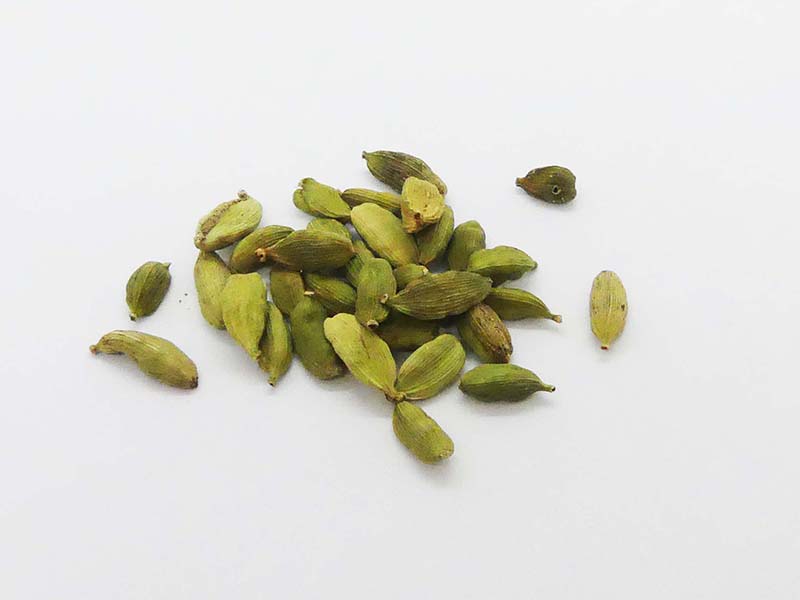Cardamom pods are the dried fruit of this tuberous plant related to ginger and is indigenous to Southern India and Sri Lanka. Davidson says that it is the third most expensive spice after saffron and vanilla. In Sri Lankan cooking it’s the dried small green cardamoms (pale khaki to white when bleached) that are used, usually for flavouring sweets, not the bigger brown Bengal cardamom (Ammomum aromaticum) used in savoury dishes.
Prior to the establishment of Dutch territories in coastal Sri Lanka under the Dutch East India Company (VOC), the main centre of cardamom production was in and around Kandy. The Dutch sought to break this monopolising of the trade by the Kandyan kings by encouraging the development of cardamom as a garden crop in its other territories – Malabar and Indonesia in particular. They did the same with pepper and coffee. In the second half of the 18th century, with its trade in these two territories slackening, the VOC tried to stimulate growing cinnamon in its Sri Lankan coastal territory only to be threatened with a rebellion that led to the scaling back of this push on coffee, pepper and cardamom and a return to focusing on cinnamon production, or rather exploitation under the policies they pursued here. De Silva (2005) argues that what production there was in the Dutch littoral territories provided good cash incomes to the Sinhalese, and through accelerating the monetization of the economy gave the Sinhalese an advantage in exploiting later opportunities in the plantation agriculture that was central to 19th century British rule.
Called enasal in Sinhala, the crushed seeds are the keynote flavour and perfume in wattalappam, the steamed coconut milk and jaggery pudding that stands in the same relationship to Sri Lankan cuisine as, say the pavlova does to Australian, or apple pie to Americans. It’s also used to perfume and flavour yellow (turmeric) rice or on celebratory occasions (along with cinnamon, cloves and curry leaves), and in pilau and biriyani, combination dishes of rice and meat.
Cardamom is considered a digestive in ayurvedic practice, used to cure flatulence and minor stomach complaints.
